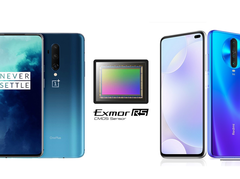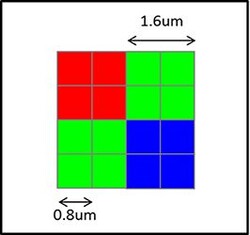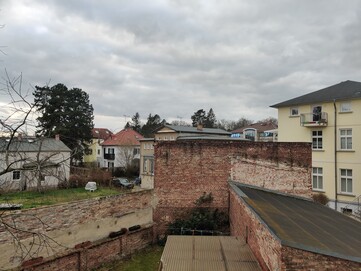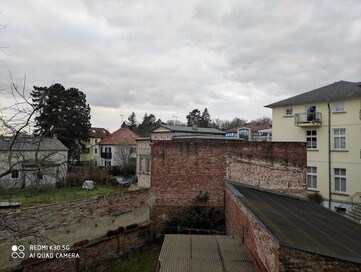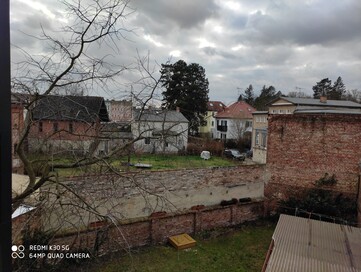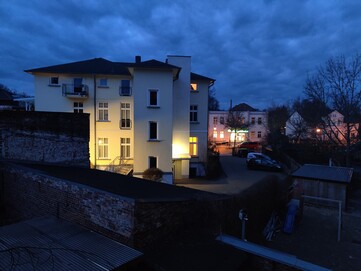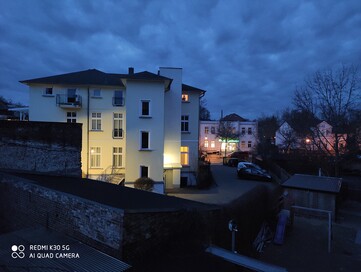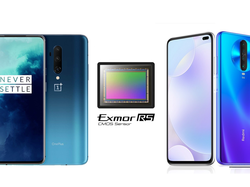With a diagonal of 1 / 1.72 inches, the new 64 MP Sony camera sensor IMX686 is significantly larger than its 1/2 inch predecessor IMX586. With the size of the individual pixels, however, little - actually nothing - has happened due to the higher resolution of the current IMX generation. With both IMX sensors, these are 0.8 μm in size.
Using various photo subjects and lighting situations, we will take a closer look at whether the Japanese manufacturer managed to make a big splash in the field of smartphone photography.
Pixel binning for better low-light qualities
The Quad Bayer color filter in both Sony IMX image sensors can combine 2x2 adjacent pixels to form one large pixel, so that pictures with a resolution of 12 megapixels and 16 megapixels are created. The so-called 4-in-1 pixel-binning process increases the actual edge length of the individual pixels from 0.8 µm to a calculated 1.6 µm, which means that more light and, accordingly, image information can be captured. According to Sony, this should noticeably increase the photosensitivity in the pictures in poor lighting.
Daylight shots
In very good lighting conditions, the new Sony IMX686 camera sensor enables detailed shots and the image sharpness on the Redmi K30 is also at an appealing level. Compared to the OnePlus 7T Pro, which uses last year's IMX586, the 64 MP camera sensor in pixel-binning mode shows a little more image content in the photos. However, the Redmi smartphone has an astonishing amount of image noise in the recordings, even if the subjects have a relatively large amount of ambient light.
This fact does not change even with the native resolution of both sensors. Again, the IMX686 reveals many image errors in the Redmi K30. Chromatic aberrations are also clearly visible in the area around the trees in the house motif.
Low-light shots
In the dark, the new Sony image sensor in the Redmi K30, despite the pixel binning, reaches its limits. The sharpness of the image, in particular, is not very convincing, even with the fairly well-lit street scene - the same applies to the pictures taken with the IMX586. However, there is massive image noise in the photos taken with the Redmi smartphone, significantly more than in our comparison photos with the OnePlus 7T Pro.
Without 4-in-1 pixel binning, the brightness in the pictures is significantly reduced and massive image noise and blurring increase. There are no real improvements identifiable with the IMX686. Without much light, pictures with the native resolution of both Sony camera sensors can hardly be used.
Verdict
An appealing photo quality with a smartphone is not only based on technically sophisticated image sensors, but it also depends on other camera components, such as the optics and their arrangement. Nonetheless, our comparison between the new 64 MP Sony camera sensor IMX686 and its predecessor IMX586 shows that Sony has not succeeded with the IMX686. The latter certainly has a lot of potential, because Xiaomi couldn't tease out all the photo quality from the sensors even with the predecessor. Chromatic aberrations in the images of the Redmi K30 are more a product of poor quality lenses than a problem of the camera sensor itself.
In low light, the new Sony sensor still has a lot of problems, despite pixel binning. However, since the super pixels of the IMX686 primarily depend on well-functioning algorithms to minimize noise, visible advances in software will certainly be seen in the course of the year.


